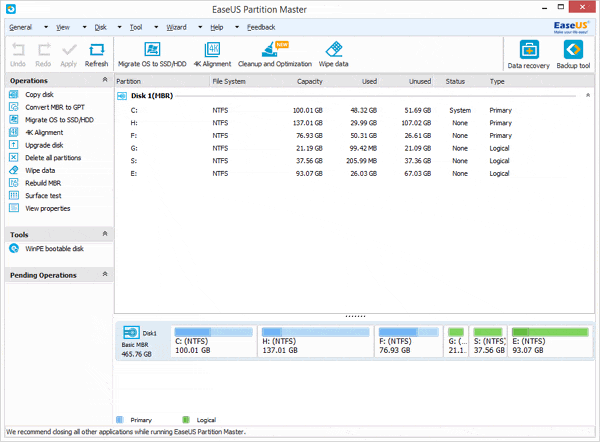Password cracking
doesn't always involve sophisticated tools. It can be as simple as finding a
sticky note with the password written on it stuck right to the monitor or
hidden under a keyboard. Another crude technique is known as "dumpster
diving," which basically involves an attacker going through your garbage
to find discarded documentation that may contain passwords.
Of course attacks can
involve far greater levels of sophistication. Here are some of the more common
techniques used in password cracking:
- Dictionary attack
A simple dictionary attack is by far the fastest way to
break into a machine. A dictionary file (a text file full of dictionary
words) is loaded into a cracking application (such as L0phtCrack), which
is run against user accounts located by the application. Because the
majority of passwords are often simplistic, running a dictionary attack is
often sufficient to to the job.
- Hybrid attack
Another well-known form of attack is the hybrid attack. A
hybrid attack will add numbers or symbols to the filename to successfully
crack a password. Many people change their passwords by simply adding a
number to the end of their current password. The pattern usually takes
this form: first month password is "cat"; second month password
is "cat1"; third month password is "cat2"; and so on.
- Brute force attack
A brute force attack is the most comprehensive form of
attack, though it may often take a long time to work depending on the
complexity of the password. Some brute force attacks can take a week
depending on the complexity of the password. L0phtcrack can also be used
in a brute force attack.
TOP TEN CRACKING METHOD
1. Dictionary attack
"This uses a simple
file containing words that can, surprise surprise, be found in a dictionary. In
other words, if you will excuse the pun, this attack uses exactly the kind of
words that many people use as their password..."
2.
Brute force attack
"This method is similar
to the dictionary attack but with the added bonus, for the hacker, of being
able to detect non-dictionary words by working through all possible
alpha-numeric combinations from aaa1 to zzz10..."
3. Rainbow table attack
"A rainbow table is a
list of pre-computed hashes - the numerical value of an encrypted password,
used by most systems today - and that’s the hashes of all possible password
combinations for any given hashing algorithm mind. The time it takes to crack a
password using a rainbow table is reduced to the time it takes to look it up in
the list..."
4. Phishing
"There's an easy way to
hack: ask the user for his or her password. A phishing email leads the
unsuspecting reader to a faked online banking, payment or other site in order
to login and put right some terrible problem with their security..."
5. Social engineering
"A favourite of the
social engineer is to telephone an office posing as an IT security tech guy and
simply ask for the network access password. You’d be amazed how often this
works..."
6. Malware
"A key logger or screen
scraper can be installed by malware which records everything you type or takes
screen shots during a login process, and then forwards a copy of this file to
hacker central..."
7. Offline cracking
"Often the target in
question has been compromised via an hack on a third party, which then provides
access to the system servers and those all-important user password hash files.
The password cracker can then take as long as they need to try and crack the
code without alerting the target system or individual user..."
8. Shoulder surfing
"The service personnel
‘uniform’ provides a kind of free pass to wander around unhindered, and make
note of passwords being entered by genuine members of staff. It also provides
an excellent opportunity to eyeball all those post-it notes stuck to the front
of LCD screens with logins scribbled






.gif)